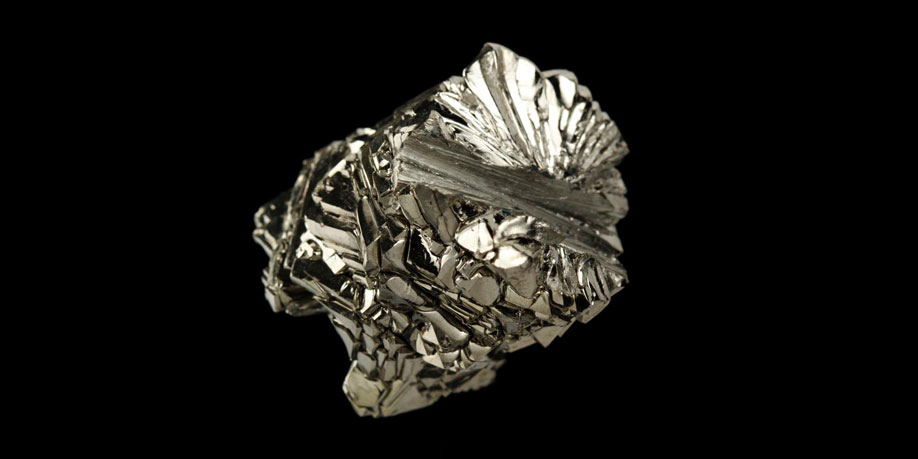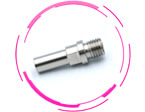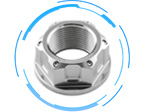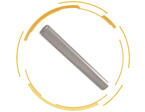Titanium
PageView:557 Category:Titanium Knowledge

Titanium was discovered by British chemist Reverend William Gregor in 1791. In 1793, a German chemist, M. Klaproth also discovered it independently. The name comes from the Greek mythology of the Titan.
Titanium is known as a transition metal on the periodic table of elements denoted by the symbol Ti. It is a lightweight, silver-gray material with an atomic number of 22 and an atomic weight of 47.90. It has a density of 4510 kg/m 3 , which is somewhere between the densities of aluminum and stainless steel. It has a melting point of roughly 3,032°F (1,667°C) and a boiling point of 5,948°F (3,287 C). It has excellent corrosion resistance and a high strength to weight ratio.
Titanium is the fourth most abundant metallic element in the Earth’s crust. It is found naturally, generally in chemical combination with oxygen and iron. It is extracted from rutile and ilmenite, minerals found in Australia, Canada, Russia, the United States, Norway, South Africa, and also Sierra Leone. Rutile contains between 93 and 96% titanium dioxide, while ilmenite contains between 44 and 77%.
Titanium in its commercial form is produced principally in Russia, the United States, Japan and China. The aerospace industry is the largest user of titanium products. It is useful for this industry because of its high strength to weight ratio and high temperature properties. It is typically used for airplane parts and fasteners. These same properties make titanium useful for the production of gas turbine engines. It is used for parts such as the compressor blades, casings, engine cowlings, and heat shields.




























































